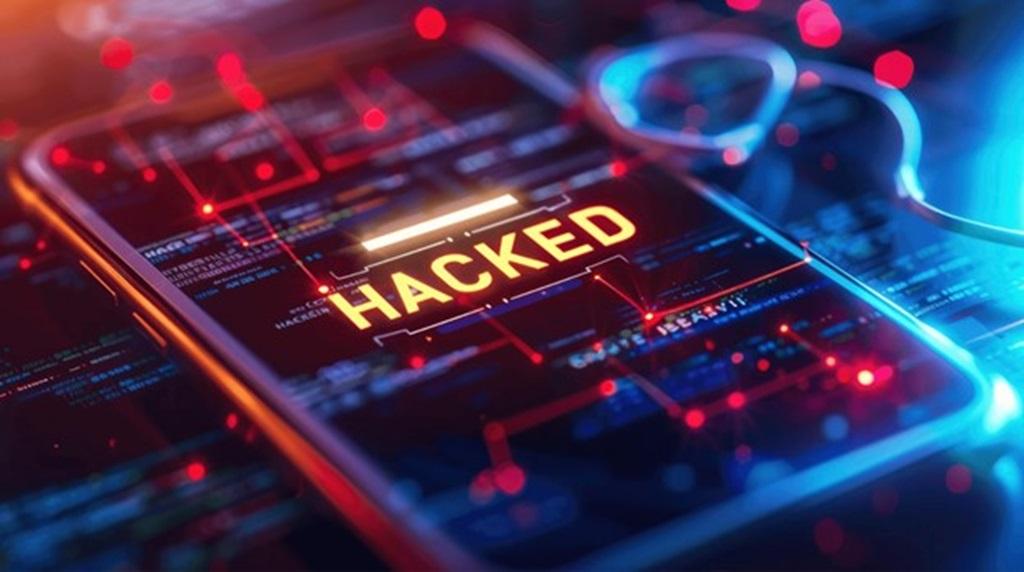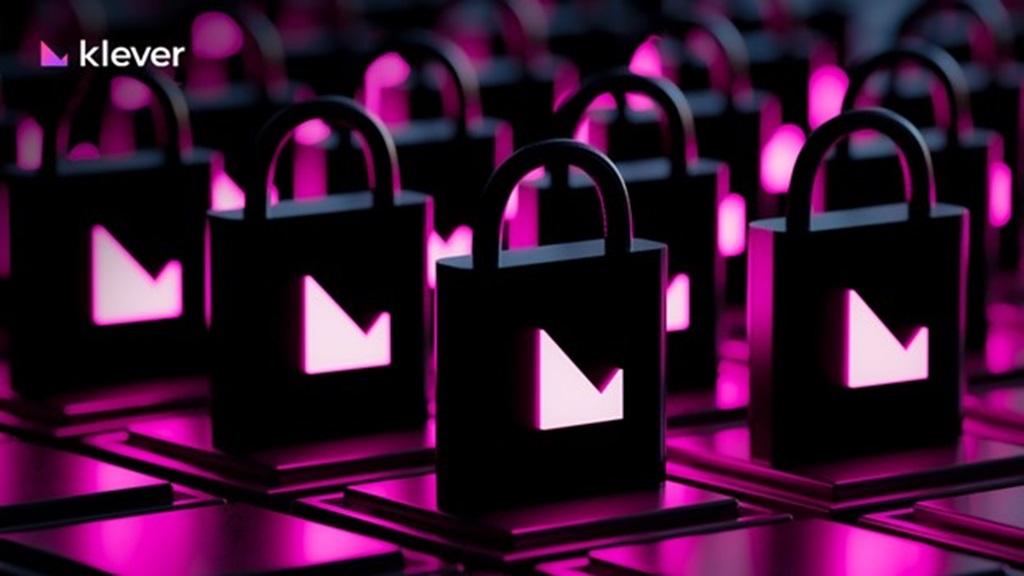Most Attacked Blockchains in 2024
Blockchain technology is daily evolving, but with growth comes risk. In 2024, Ethereum was the primary target for cybercriminals, suffering the highest number of attacks and significant financial losses. This article highlights the most attacked blockchains in 2024, the challenges faced by Ethereum, the security measures it employs, and insights into other notable incidents, including the $21 million exploit of Gala Games. We also explore how Klever maintains its security integrity amidst rising threats.
Ethereum Cyber Attacks
 In 2024, Ethereum has been the most targeted blockchain by hackers and fraudsters. During May alone, Ethereum accounted for 43% of the total cryptocurrency losses from attacks, making it the most attacked blockchain of the year so far. The network faced nine significant attacks that month, contributing to its vulnerability due to its extensive use in decentralized finance (DeFi) projects.
In 2024, Ethereum has been the most targeted blockchain by hackers and fraudsters. During May alone, Ethereum accounted for 43% of the total cryptocurrency losses from attacks, making it the most attacked blockchain of the year so far. The network faced nine significant attacks that month, contributing to its vulnerability due to its extensive use in decentralized finance (DeFi) projects.
The second most targeted blockchain was BNB Chain, with four incidents reported. Together, Ethereum and BNB Chain made up 62% of the total losses across major blockchains. Despite the high number of attacks, overall cryptocurrency losses due to hacks and rug pulls have decreased by 20% compared to the same period in 2023.
This trend underscores the persistent security challenges in the DeFi space, where projects on Ethereum continue to be prime targets for cybercriminals due to the high value locked in these protocols.
How Ethereum Deals With Cyber Attacks ?
Ethereum employs a multi-faceted approach to deal with cyber attacks, focusing on prevention, detection, and mitigation:
- Smart Contract Audits: One of the primary defenses is conducting thorough audits of smart contracts before deployment. This helps identify and fix vulnerabilities that could be exploited by attackers. Several independent security firms specialize in auditing Ethereum-based projects.
- Bug Bounty Programs: Ethereum and many projects built on it offer bug bounty programs to incentivize security researchers to find and report vulnerabilities. These programs reward individuals for responsibly disclosing security issues.
- Network Upgrades: Ethereum frequently undergoes network upgrades, also known as hard forks, to improve security and functionality. These upgrades often include patches for known vulnerabilities and enhancements to the consensus mechanism.
- Decentralized Security: The decentralized nature of Ethereum itself acts as a security feature. With thousands of nodes participating in the network, it becomes more resilient to certain types of attacks, such as Distributed Denial of Service (DDoS).
- Real-Time Monitoring and Response: Various tools and platforms monitor Ethereum transactions and smart contracts in real time to detect unusual activities. Platforms like Immunefi provide ongoing security monitoring and incident response services to address threats promptly.
- Community and Ecosystem Collaboration: The Ethereum community plays a vital role in security. Developers, researchers, and stakeholders collaborate to share information about potential threats and best practices for security. This collective effort helps in quickly addressing and mitigating risks.
- Layer 2 Solutions: Implementing Layer 2 scaling solutions can also help reduce the attack surface by handling transactions off-chain while maintaining the security of the main Ethereum chain.
These measures collectively enhance Ethereum’s resilience against cyber attacks and help protect the integrity of the blockchain and the assets within its ecosystem.
What Is The Safest Blockchain In 2024?
 As of now, the Klever blockchain, known as Klever, has not been reported to have suffered any significant hacks, pointing out to be the safest blockchain in 2024
As of now, the Klever blockchain, known as Klever, has not been reported to have suffered any significant hacks, pointing out to be the safest blockchain in 2024
Klever focuses heavily on security through various measures:
- Consensus Mechanism: Klever employs a hybrid consensus mechanism combining Proof-of-Stake (PoS) and Proof-of-Authority (PoA), which enhances security and efficiency by ensuring that validators are well-vetted and hold significant stakes in the network.
- Rigorous Testing: Before launching its mainnet, Klever underwent extensive testing in its testnet phase to ensure a seamless and secure experience. This testing phase included validation of key applications such as token staking, NFT marketplaces, and more.
- Developer and Community Focus: Klever emphasizes ease of use and security for developers and users alike. It offers pre-built applications and functionalities, reducing the risk of vulnerabilities commonly associated with complex smart contract development.
- Governance and Community Involvement: The use of Klever Finance Token (KFI) for governance ensures that the community has control over important decisions, such as application protocols and fees, through an on-chain voting system. This decentralization adds an additional layer of security and trust.
These measures help Klever maintain a robust security posture, contributing to its resilience against cyber attacks.
What’s Next For Blockchain Technology?
Blockchain technology continues to advance rapidly, but with this progress comes increased risk. In 2024, Ethereum emerged as the primary target for cybercriminals, suffering the highest number of attacks and substantial financial losses. This article has delved into the most attacked blockchains of the first semester of 2024, focusing on Ethereum’s challenges, the security measures it employs, and other significant incidents, including the $21 million exploit of Gala Games. We also examined how Klever has maintained its security integrity amid rising threats.
Ethereum’s situation highlights the persistent security challenges in the decentralized finance (DeFi) space, where the high value locked in these protocols makes them prime targets for cybercriminals. Despite this, Ethereum continues to enhance its security through smart contract audits, bug bounty programs, network upgrades, decentralized security features, real-time monitoring, community collaboration, and the implementation of Layer 2 solutions.
On the other hand, Klever has stood out in 2024 for its robust security measures and has not reported any significant hacks. Its hybrid consensus mechanism, rigorous testing, developer and community focus, and governance through the Klever Finance Token (KFI) contribute to its resilience against cyber attacks, making it one of the safest blockchains this year.
As blockchain technology evolves, so too must the strategies to protect it. The experiences of Ethereum and Klever in 2024 provide valuable insights into the ongoing battle against cyber threats and the importance of continuous improvement in security practices to safeguard the integrity of blockchain ecosystems.
Stay informed with daily updates from Blockchain Magazine on Google News. Click here to follow us and mark as favorite: [Blockchain Magazine on Google News].
Get Blockchain Insights In Inbox
Stay ahead of the curve with expert analysis and market updates.
latest from tech
Disclaimer: Any post shared by a third-party agency are sponsored and Blockchain Magazine has no views on any such posts. The views and opinions expressed in this post are those of the clients and do not necessarily reflect the official policy or position of Blockchain Magazine. The information provided in this post is for informational purposes only and should not be considered as financial, investment, or professional advice. Blockchain Magazine does not endorse or promote any specific products, services, or companies mentioned in this posts. Readers are encouraged to conduct their own research and consult with a qualified professional before making any financial decisions.

 Bitcoin
Bitcoin  Ethereum
Ethereum  Tether
Tether  XRP
XRP  Solana
Solana  Dogecoin
Dogecoin  USDC
USDC  Cardano
Cardano  Lido Staked Ether
Lido Staked Ether  TRON
TRON  Avalanche
Avalanche  Sui
Sui  Wrapped stETH
Wrapped stETH  Chainlink
Chainlink  Toncoin
Toncoin  Shiba Inu
Shiba Inu  Stellar
Stellar  Wrapped Bitcoin
Wrapped Bitcoin  Polkadot
Polkadot  Hedera
Hedera  WETH
WETH  Bitcoin Cash
Bitcoin Cash  Uniswap
Uniswap  Pepe
Pepe  LEO Token
LEO Token  Litecoin
Litecoin  Hyperliquid
Hyperliquid  Wrapped eETH
Wrapped eETH  NEAR Protocol
NEAR Protocol  Ethena USDe
Ethena USDe  USDS
USDS  Internet Computer
Internet Computer  Aptos
Aptos  Aave
Aave  Mantle
Mantle  Bittensor
Bittensor  Cronos
Cronos  POL (ex-MATIC)
POL (ex-MATIC)  Virtuals Protocol
Virtuals Protocol  Ethereum Classic
Ethereum Classic  Render
Render  Artificial Superintelligence Alliance
Artificial Superintelligence Alliance  Arbitrum
Arbitrum  MANTRA
MANTRA  Tokenize Xchange
Tokenize Xchange  Ethena
Ethena  WhiteBIT Coin
WhiteBIT Coin 



